newly discovered images offer a closer look at richard nickel salvaging garrick theater
This entry was posted on February 1 2018 by Eric
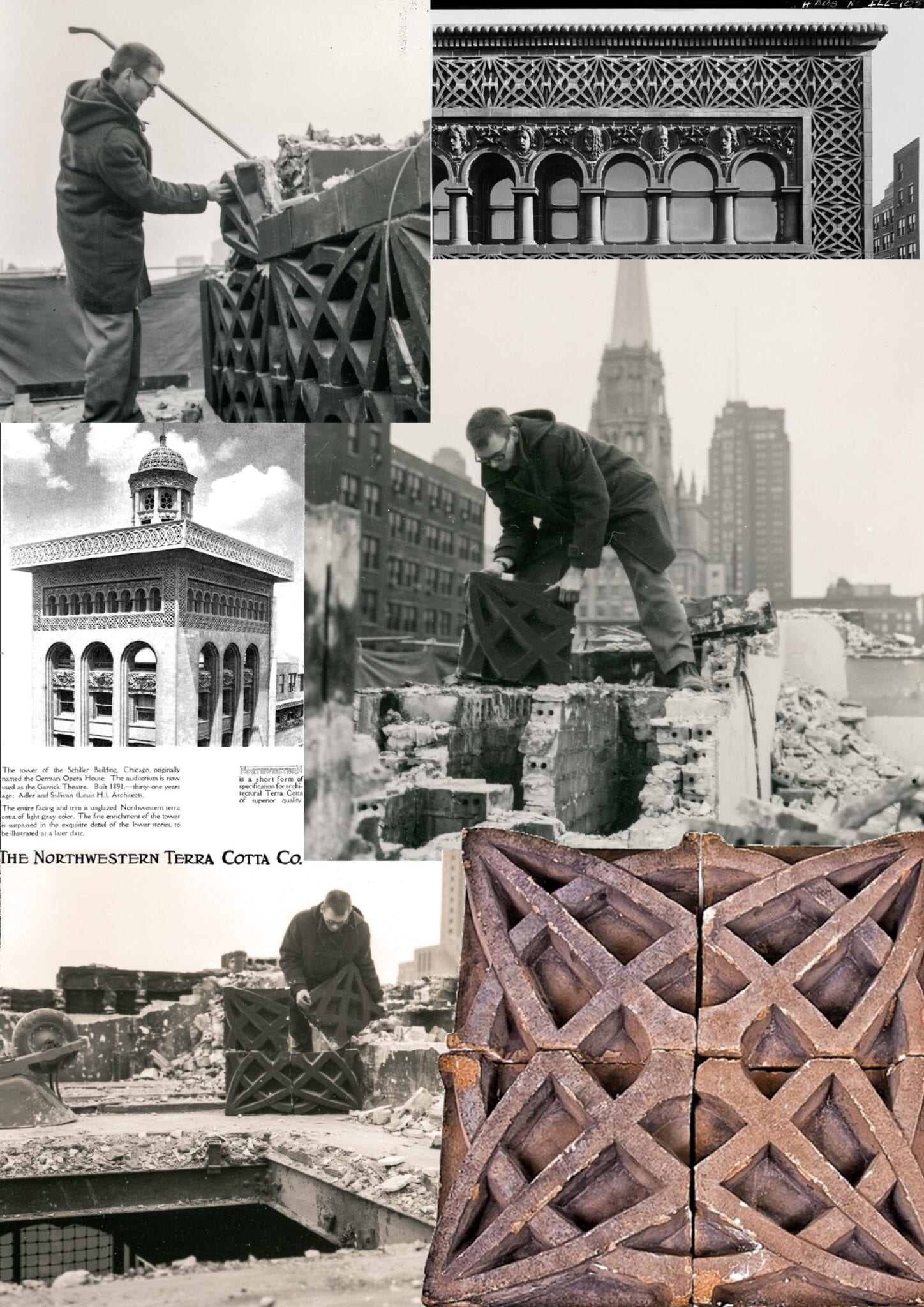
the following images are part of my ongoing efforts to digitize what i've dubbed "the john vinci artifact and photographic archive." given my limited bandwidth, i'm posting images now with the hopes of returning to fill in badly needed contextual information to offer greater insight and/or interpretation of people, events, and buildings.
richard nickel salvaging terra cotta ornament from garrick theater (1891). the enlarged and edited images were pulled from a contact print photo. date to 1960. john vinci, photographer. the photos offer a rare glimpse of nickel salvaging ornament, including the tools he used, his approach to extracting ornament, and other factors that lend invaluable insight into the methods he developed to extract ornament from buildings demolished nearly 60 years ago.
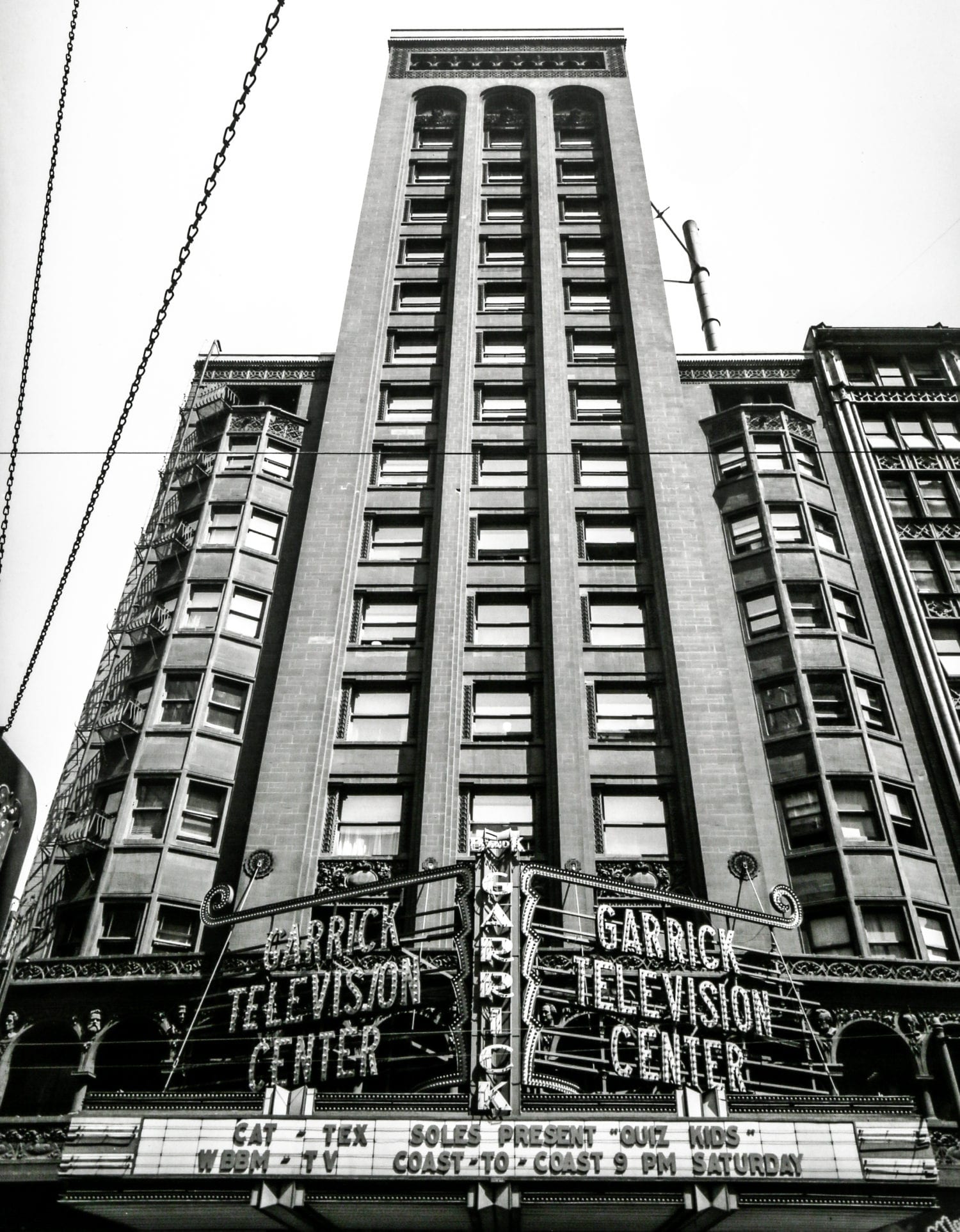
richard nickel, photographer. courtesy of the blg. 51 museum archive.
as a side note: it's revealing to see he isn't wearing gloves. it's hard to explain, but you feel a greater sense of control and connection by handling ornament with bare hands.
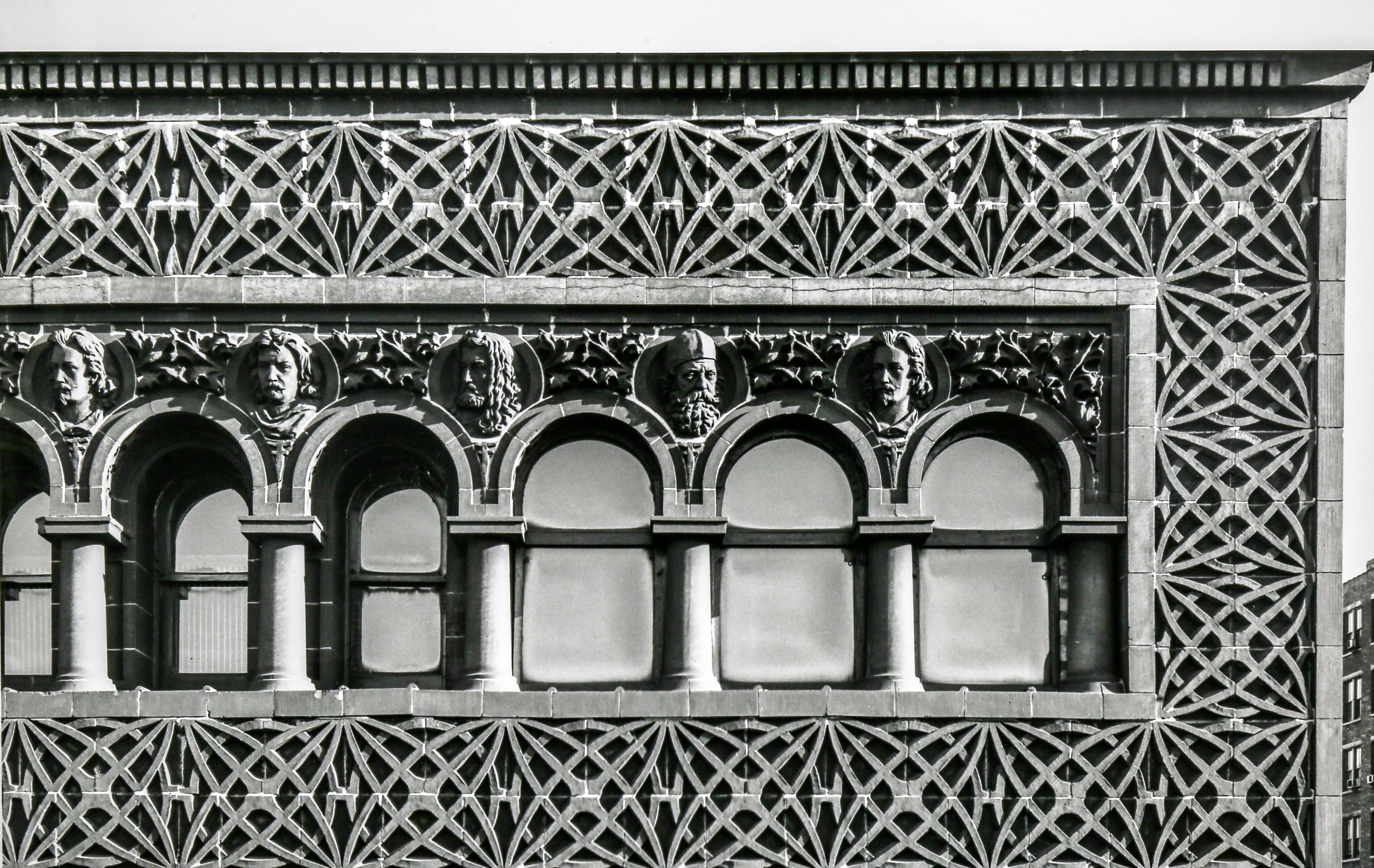
richard nickel, photographer. courtesy of the blg. 51 museum archive.
originally named the schiller theater, the mixed-use building was designed by the architectural firm of adler & sullivan (louis sullivan and dankmar adler) in 1891 at 64 west randolph street. it was intended to serve german americans, and was funded by the german opera company. the office building was named after friedrich schiller, the german playwright; it was then briefly known as the dearborn theatre (from 1898-1903); and finally, in 1903 it was renamed the garrick theatre. at the time of construction, the schiller was one of the tallest buildings in chicago, and is still widely considered one of the greatest collaborations between the two architects.
the I-shaped building consisted of a 17-story tower flanked by a 9-story wing with oriel windows on either side. the exterior of the building was sheathed in buff-colored ornamental terra cotta shaped into a variety of patterns, and intertwining with lush, leafy forms. the sculptor richard bock supplied busts of famous german poets, artists and philosophers for the exterior as well. the interior of the 1,286-seat auditorium contained a series of striking vaults, that were faced in plaster panels. these featured a repeated star-pod pattern in which central, star-like shapes are surrounded by borders of intricater intertwining vine and leaf forms. other plaster panels had interlocking or flat circles, all originally in a color scheme of salmon, green, gold, yellow, and red.
the schiller saw many iterations and inhabitants: the german investors backed out of the project near the turn of the century and from 1898-1903 the building became the dearborn theater, showing vaudeville or touring stage shows. five years later its name was finally changed to the garrick theater under new ownership. between 1910 and 1950, the garrick building was leased, subleased, sold and put into receivership six times, but remained, nonetheless, a popular stop on the vaudeville circuit. simultaneously, and in symbiotic fashion, the early twentieth century saw the stretch of randolph street between state and clark streets become a national center for popular sheet-music publishers; filling the garrick and neighboring office buildings, they sold their new material to traveling vaudevillians.
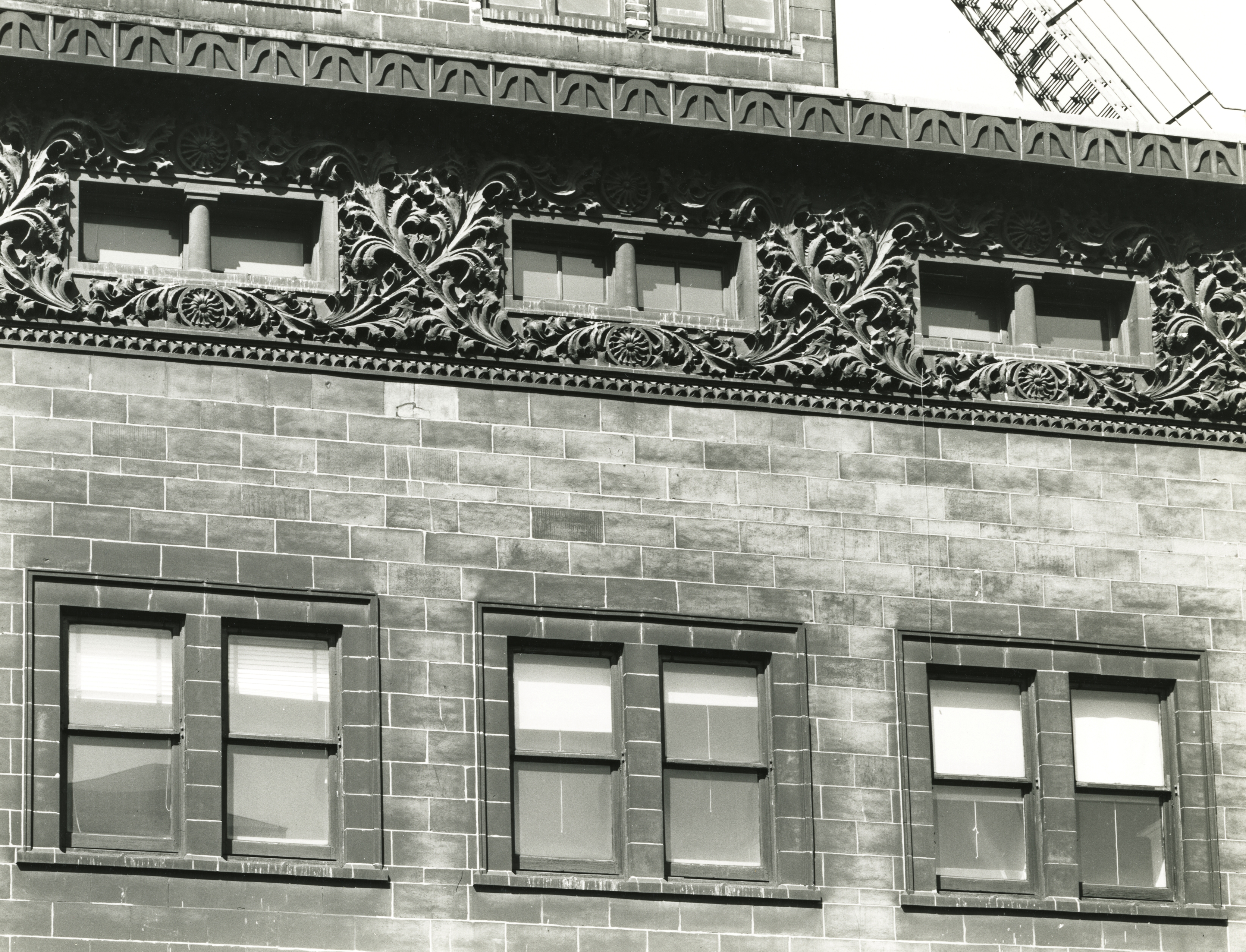
in 1950, the theater was closed and converted into a television studio. seven years later, it was sold to balaban and katz, who reopened the building as a movie theater. eventually balaban and katz no longer considered the architectural gem commercially viable, and made a deal to wreck the building and redevelop it - tragically - as a parking structure. the garrick was razed in early 1961, but the demolition served as a clinching point in the preservation movement in chicago, instigating a major outcry from the public and becoming an important salvage for richard nickel and his associates. corroborated by historian tim samuelson, the only people allowed on the wrecking site were the authorized team of richard nickel, john vinci, david norris, and charlie gregerson. the entire team had been hired under the sponsorship of the world book encyclopedia and the municipal reference library of chicago to salvage materials specifically for distribution to interested museums and public institutions.
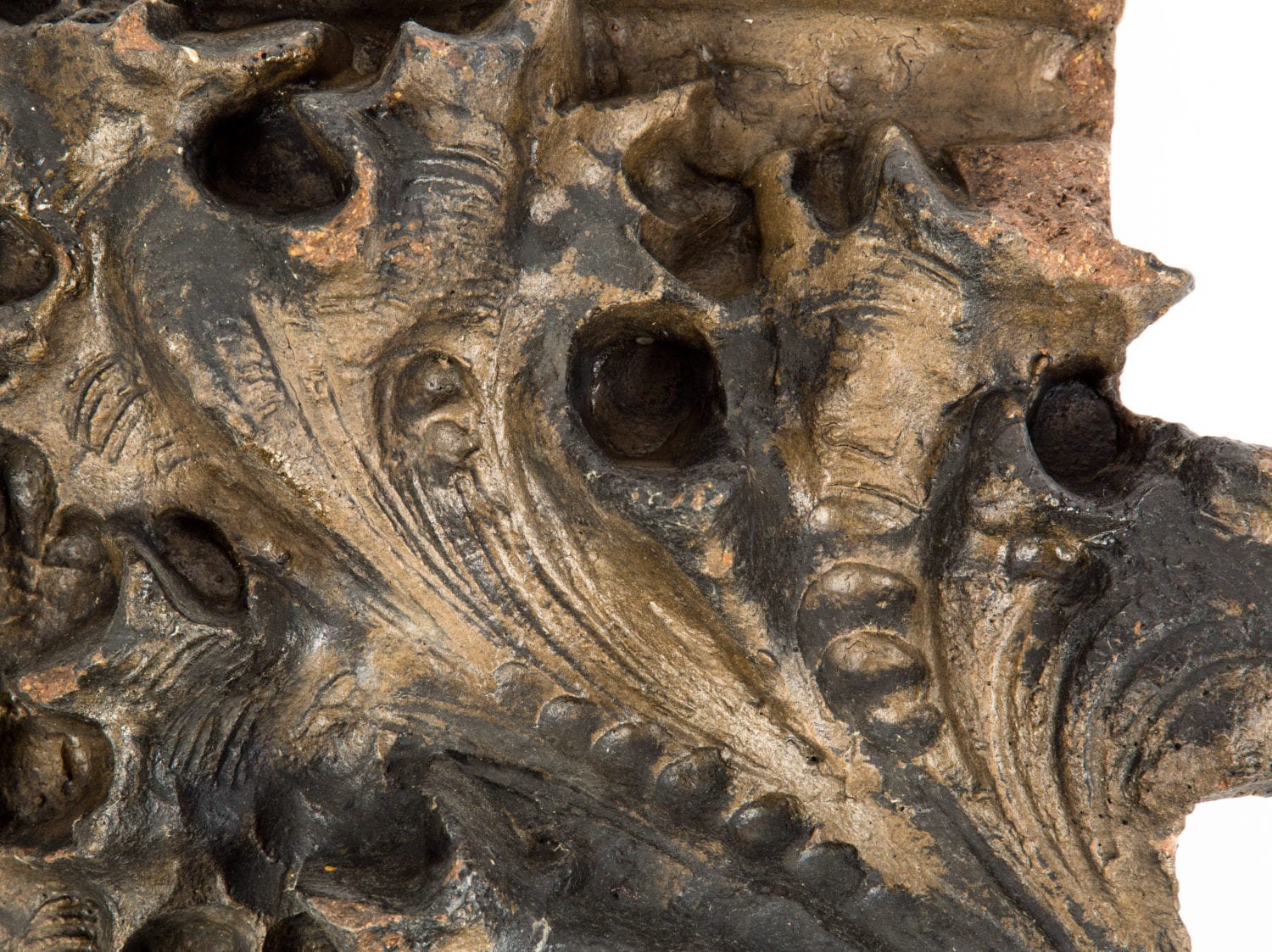
detail of garrick theater or schiller building terra cotta fragment salvaged by richard nickel, john vinci, or david norris. the intricate leafage was designed by louis sullivan and executed by kristian schneider for the northwestern terra cotta company. the glazed terra cotta fragment looks as it did when it was a part of the building (demolished in 1960). the buff-colored terra cotta had turned black over the years from prolonged exposure to air pollution (the same conditions were evident on the chicago stock exchange"s terra cotta facade). the darkened and/or soiled terra cotta was a contributing factor in the demolition of both the garrick and stock exchange.
the scene that is painted is a surreal one: fragments of the building were all laid-out at navy pier for curators and qualified buyers to select what they wanted for their respective institutions. without a great deal of time or interest, many ended up in private hands while some were thrown away or dumped (likely even in lake michigan). according to a publication on nickel's preservation efforts, documenting the garrick theater was exceptionally time consuming and laborious. he even apparently worked around being denied access to the gallery of the theater by climbing into a fourth floor door via the roof of the neighboring greyhound terminal.

june 27, 1963, chicago tribune. image courtesy of ornament chicago.
in the end nickel and the rest of his team salvaged hundreds of artifacts and ornaments, and recorded extensive notes, diagrams and photographs of the structure. nickel's photographs specifically helped to record and elevate the building for posterity, rendering in black and white the sullivan-designed plaster work that had been garishly painted, thus reorienting attention to the form. nickel passionately attempted a campaign to save the garrick, plying philanthropists to join his effort and soliciting letters from various public figures. a month before the demolition was to occur, telegrams and letters of protest poured into the mayor's office, including from the likes of frank lloyd wright's widow, le corbusier, arthur drexler (the director of architecture and design at the new york moma), lewis mumford, and more. a lengthy court battle, picketing, and nickel's grassroots effort did not prevent the garrick from being turned to rubble. alternately, it did bring great attention to the vulnerable status of extant sullivan buildings, and mobilized the preservation movement.
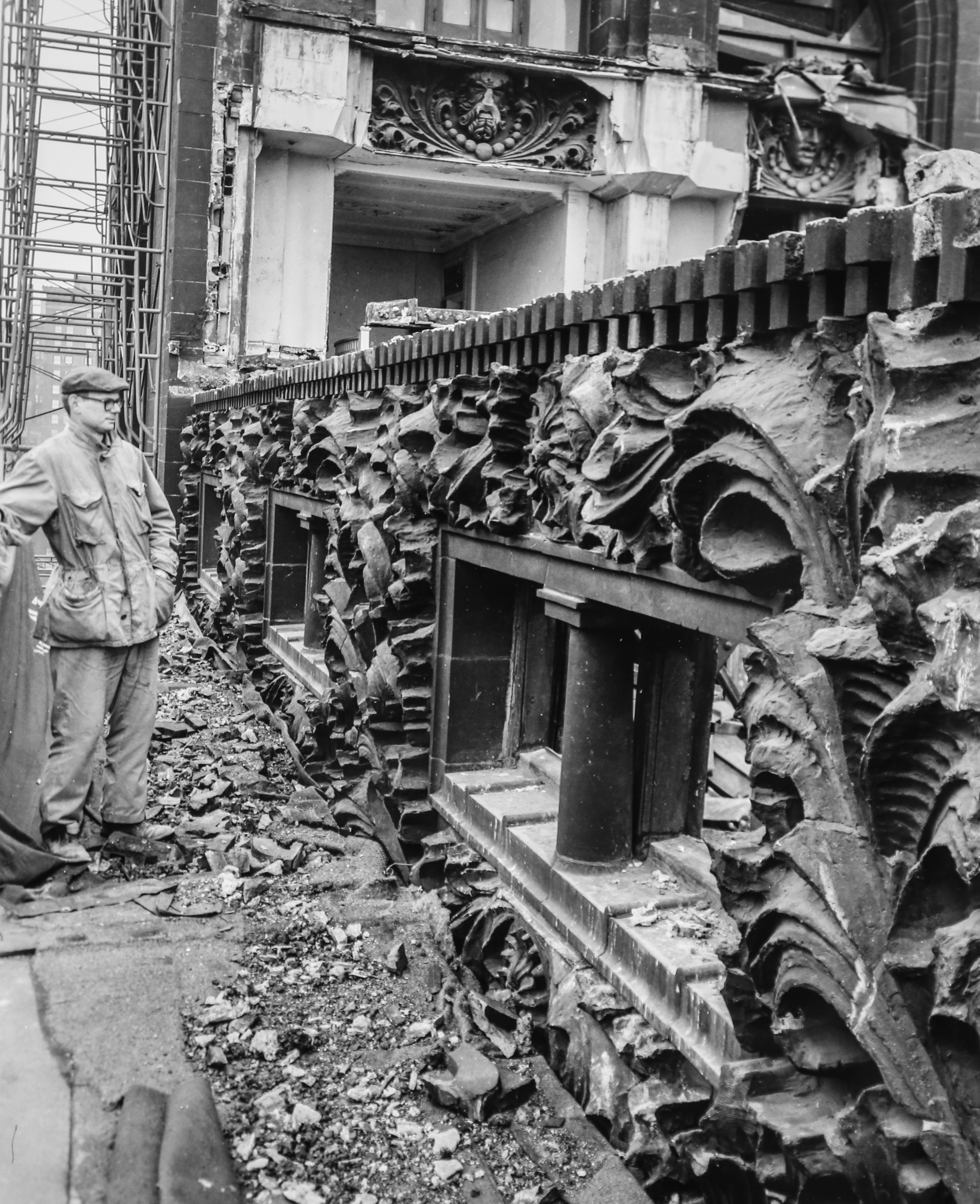
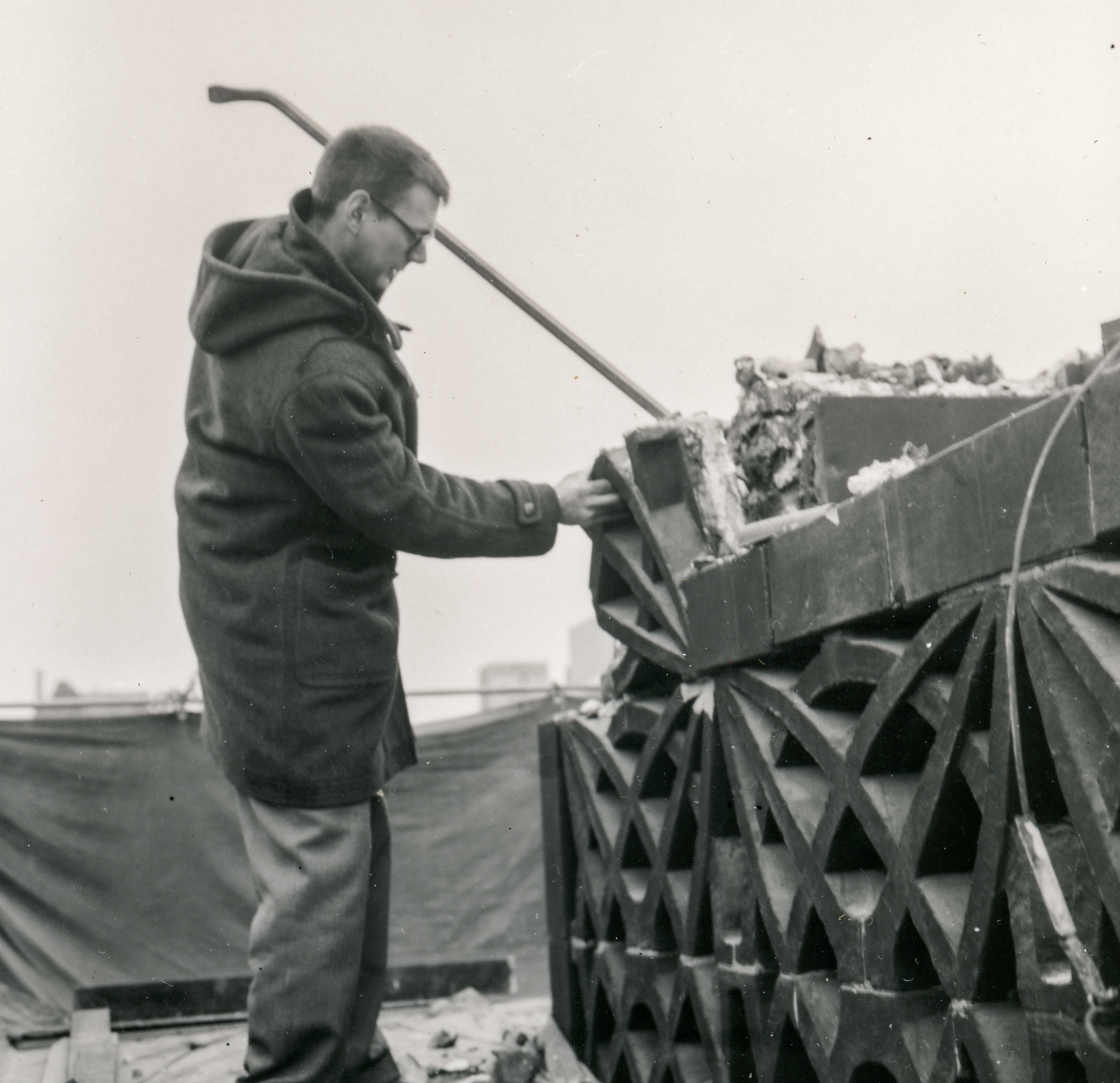
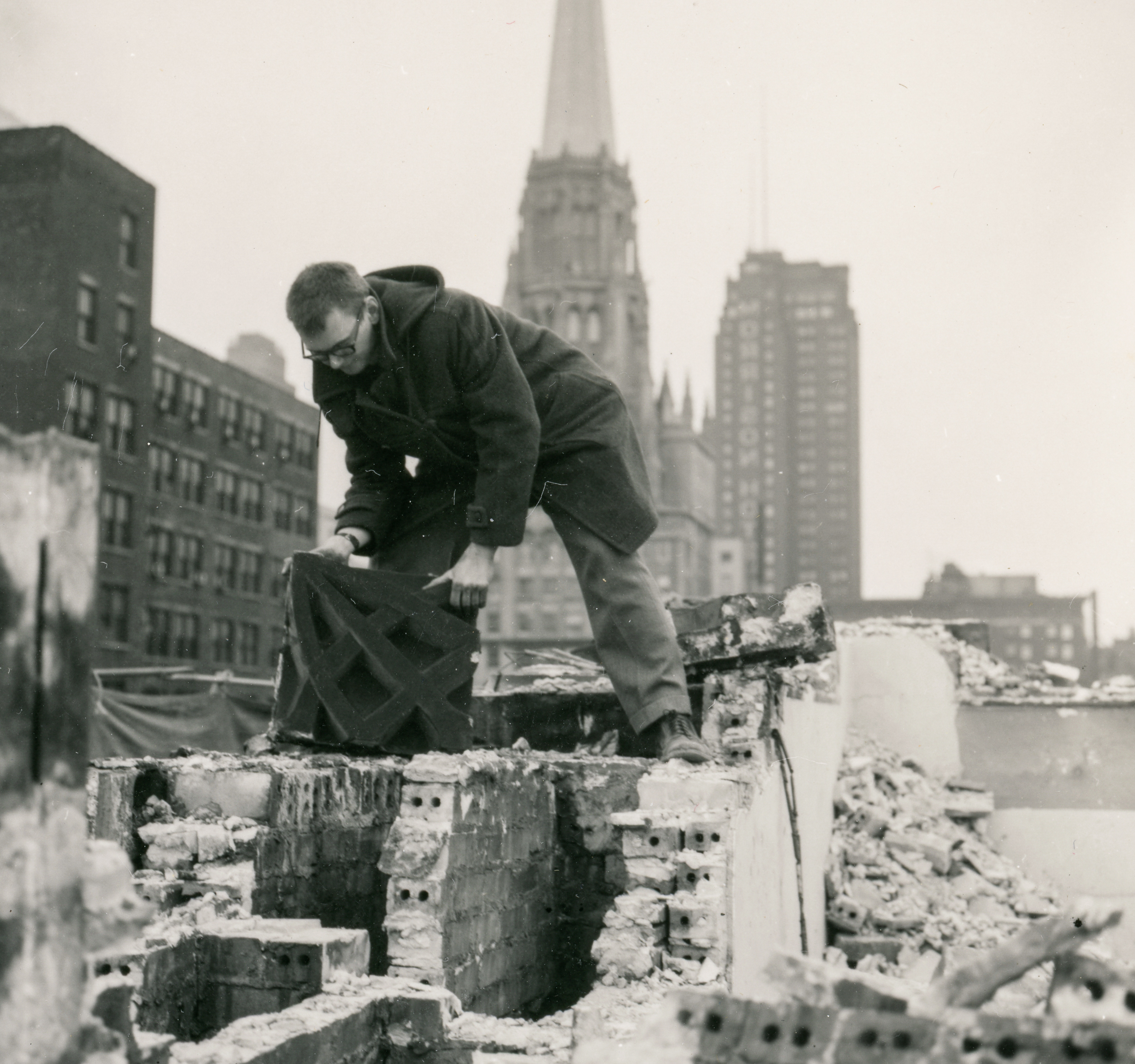
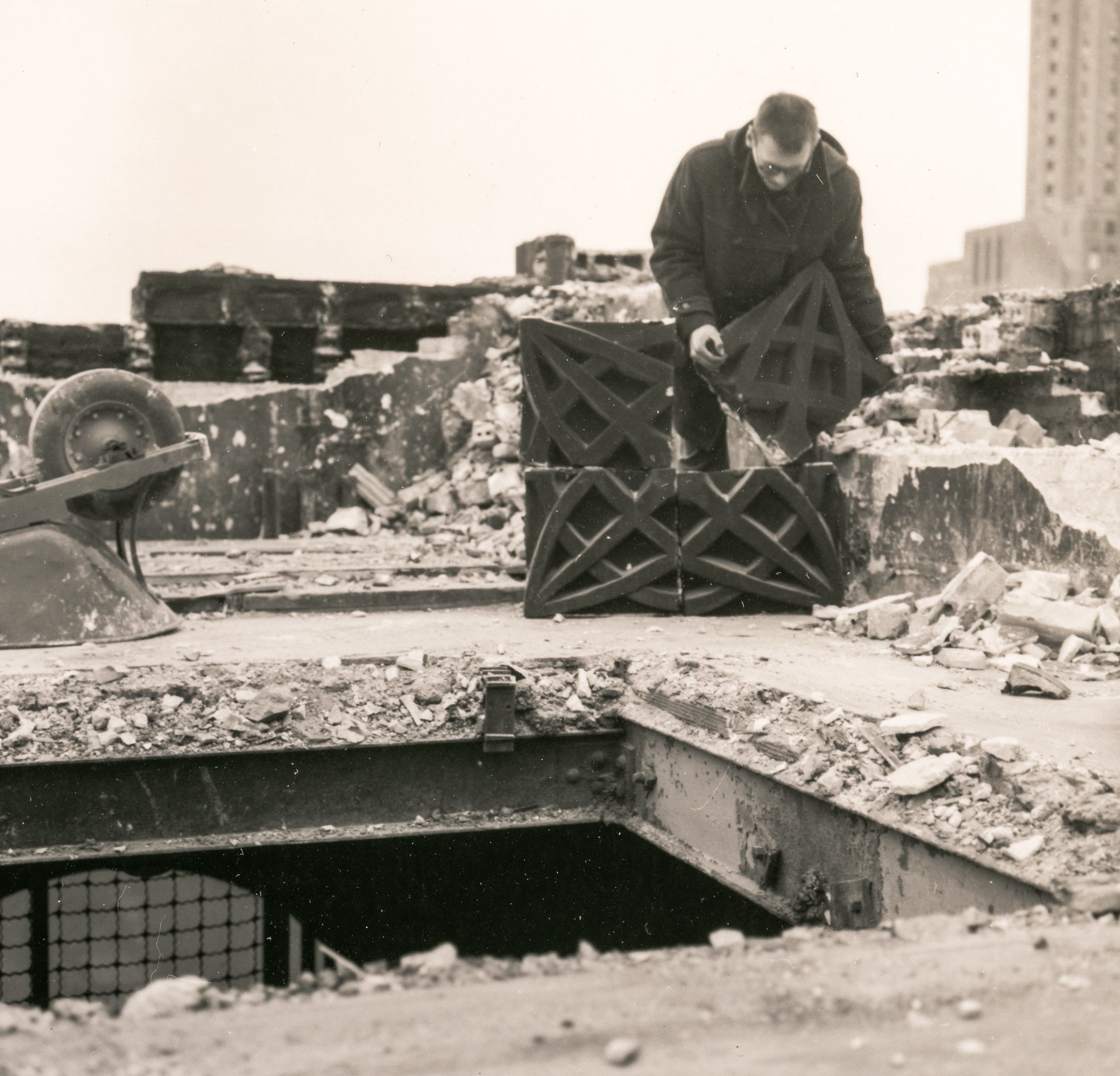
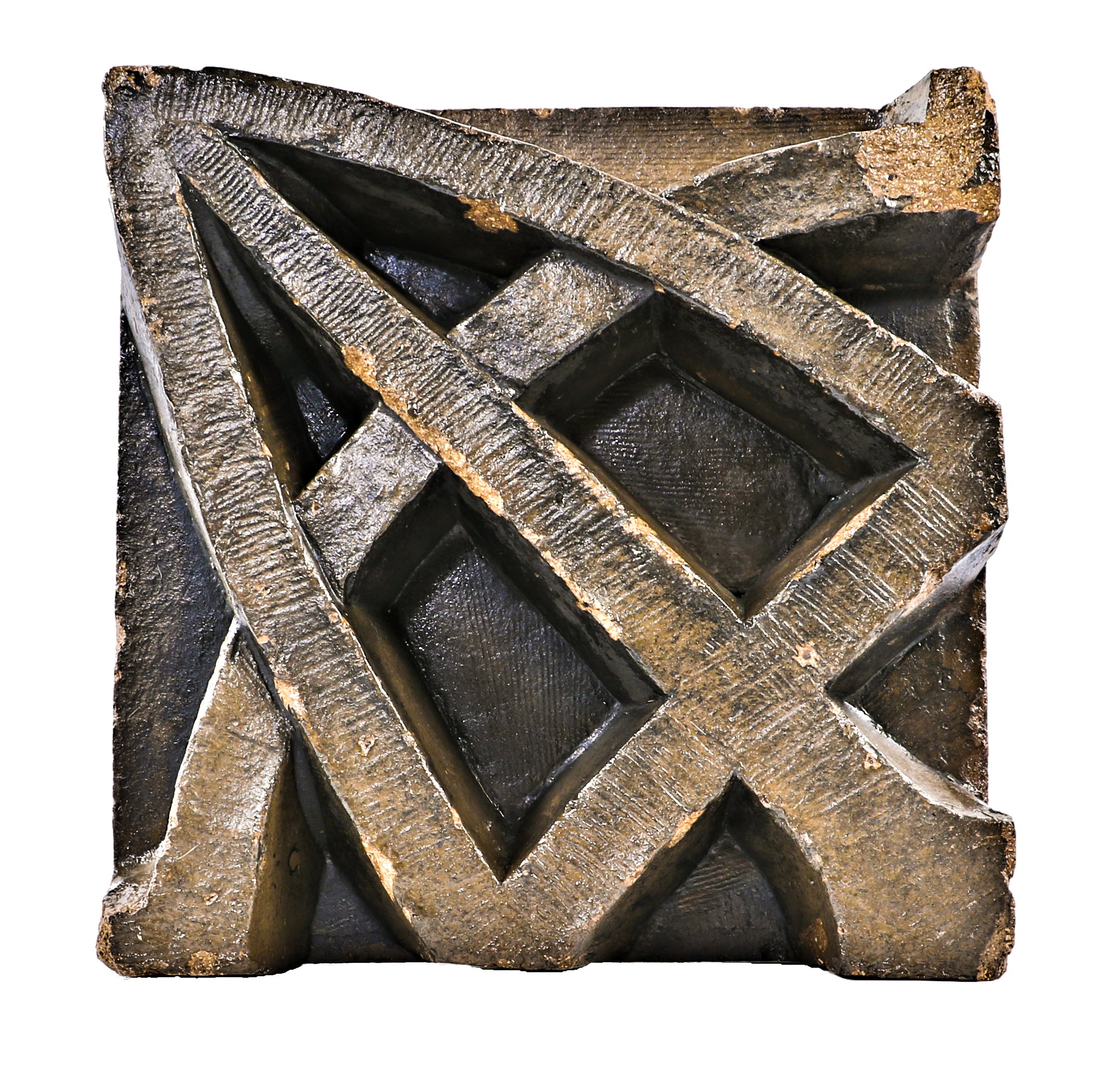
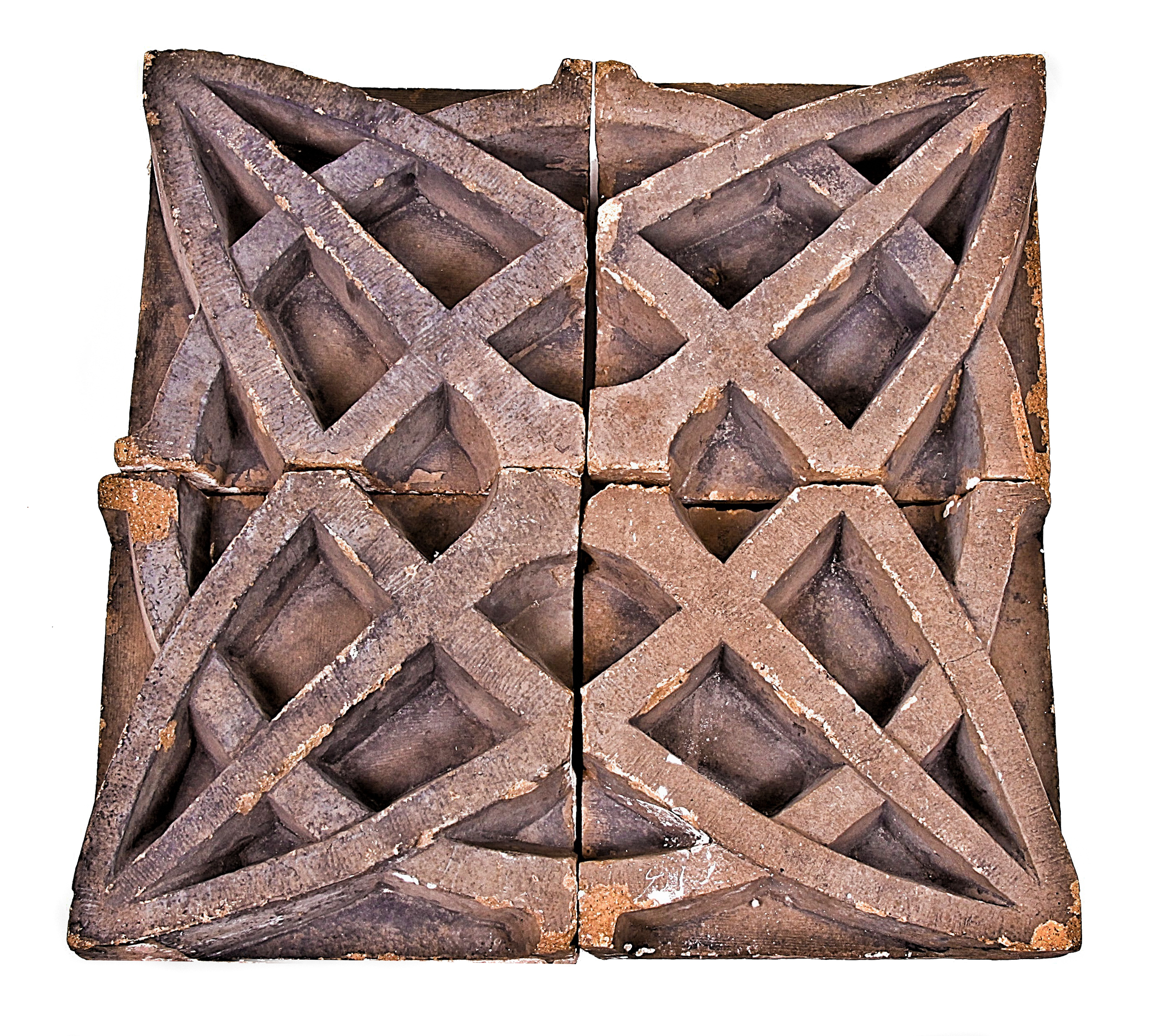
This entry was posted in , Miscellaneous, Salvages, Bldg. 51, Events & Announcements, Featured Posts & Bldg. 51 Feed on February 1 2018 by Eric
WORDLWIDE SHIPPING
If required, please contact an Urban Remains sales associate.
NEW PRODUCTS DAILY
Check back daily as we are constantly adding new products.
PREMIUM SUPPORT
We're here to help answer any question. Contact us anytime!
SALES & PROMOTIONS
Join our newsletter to get the latest information
























